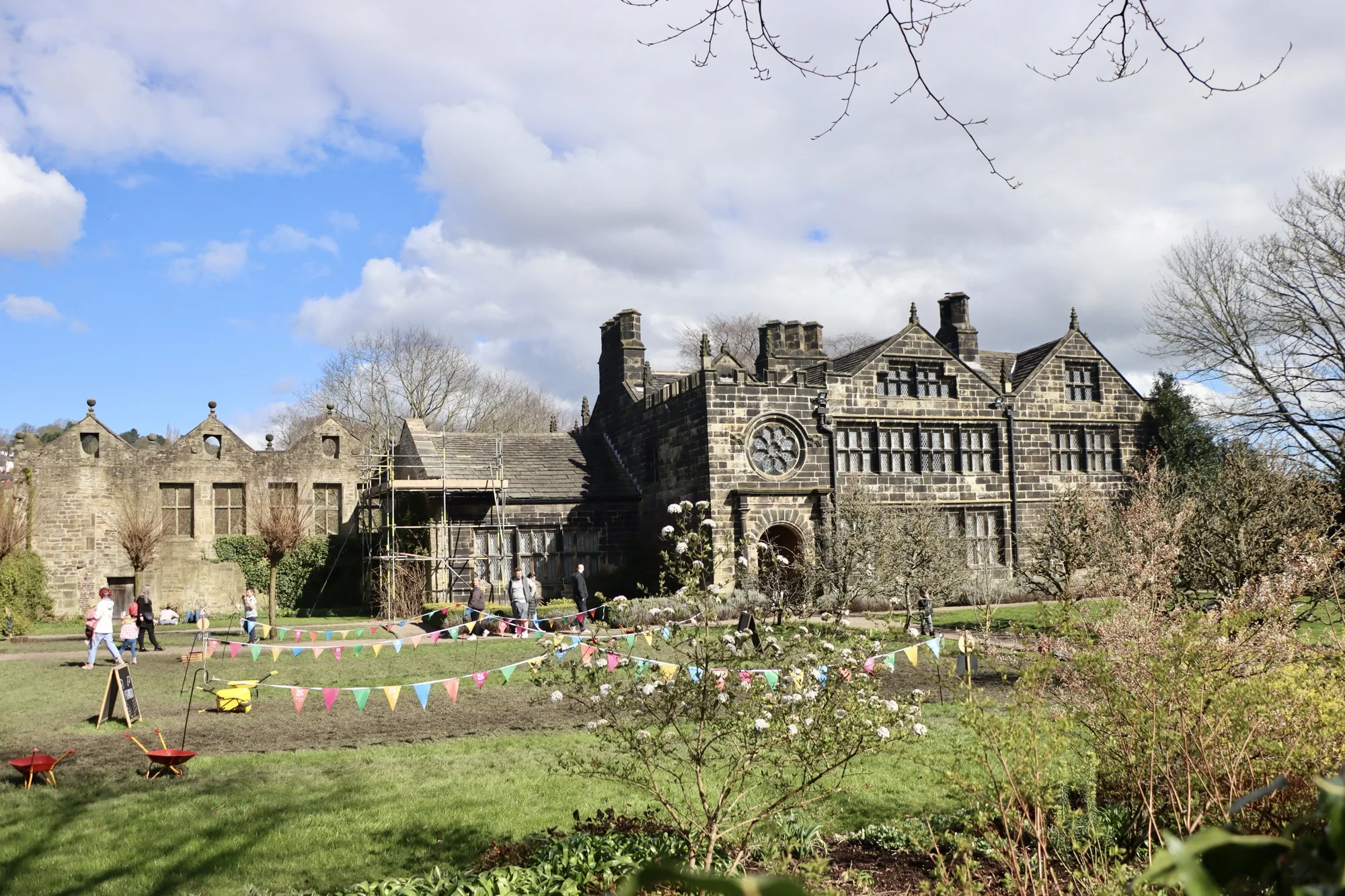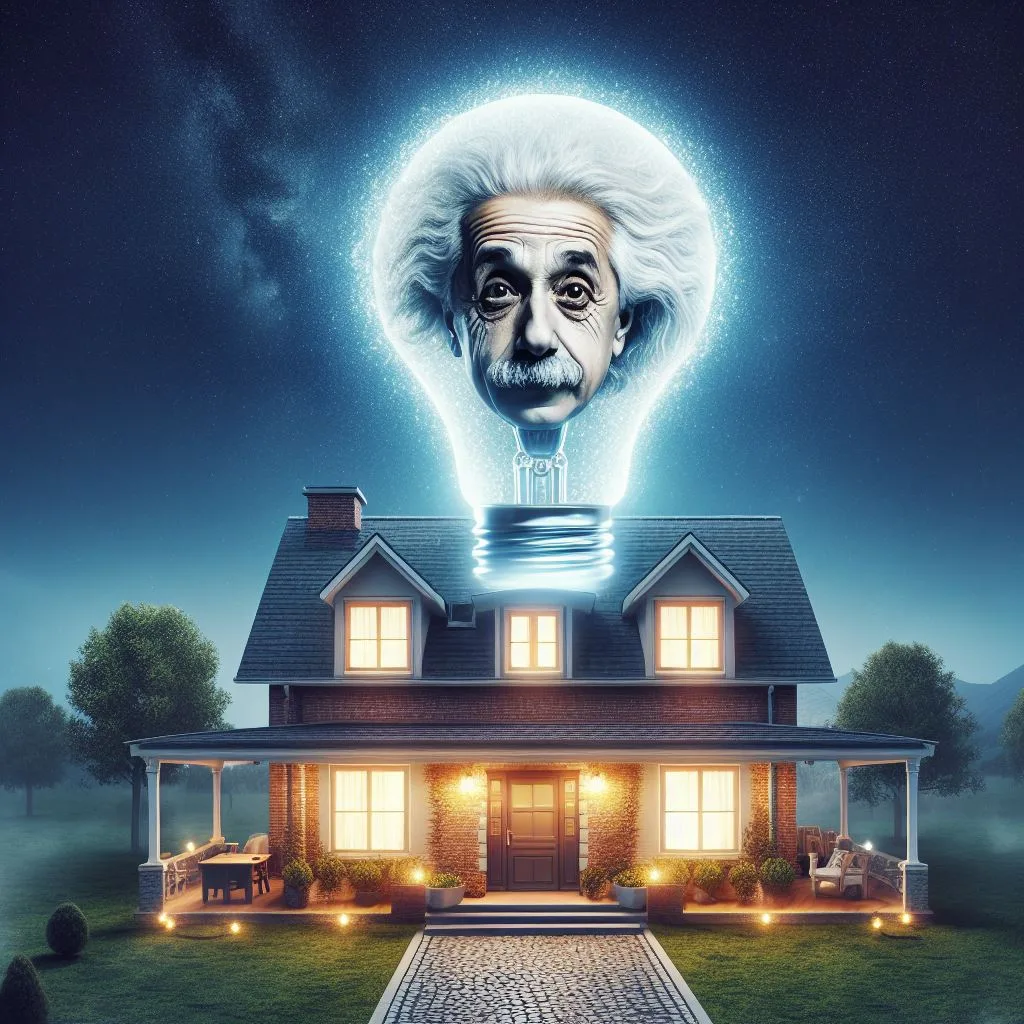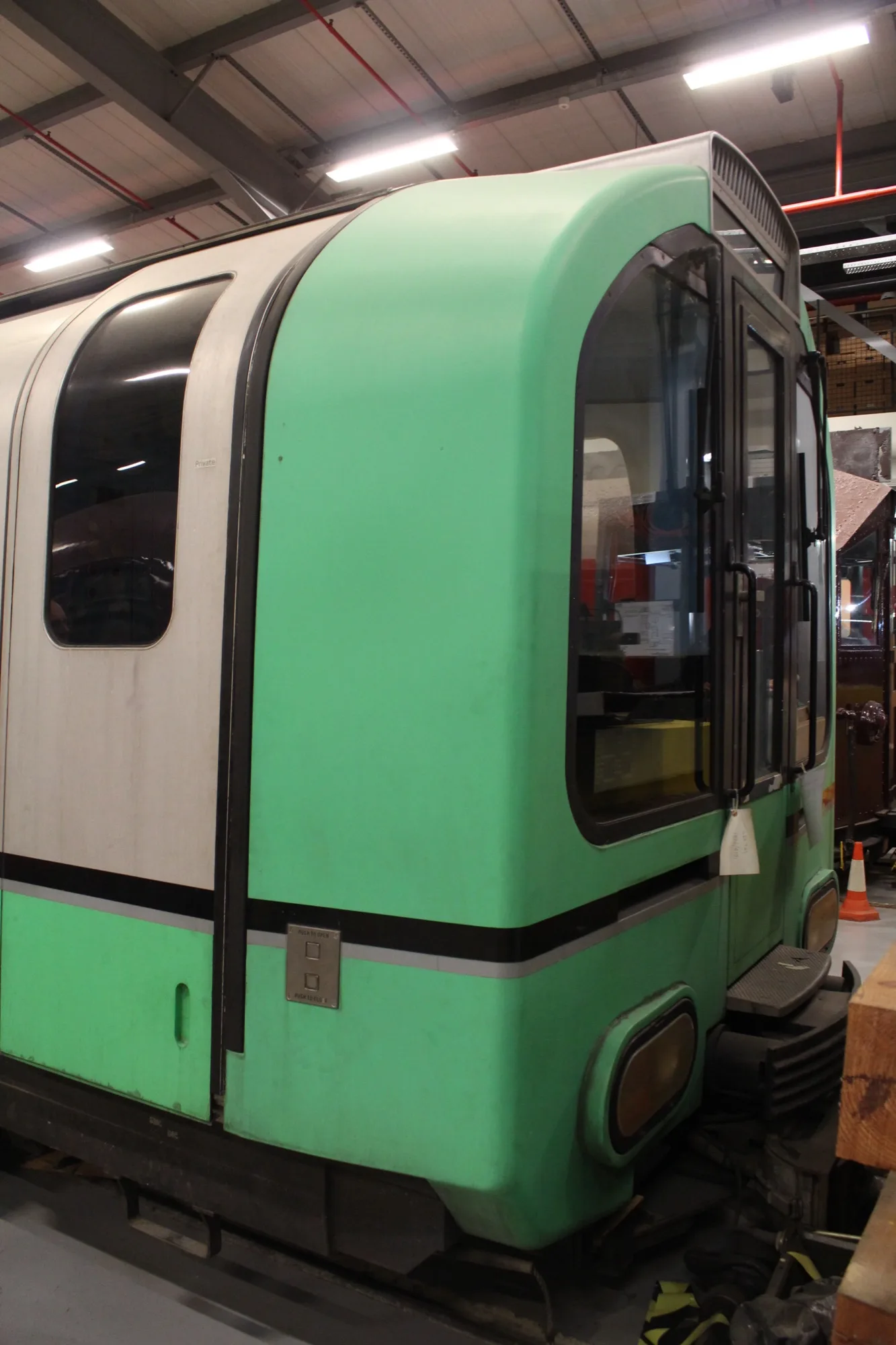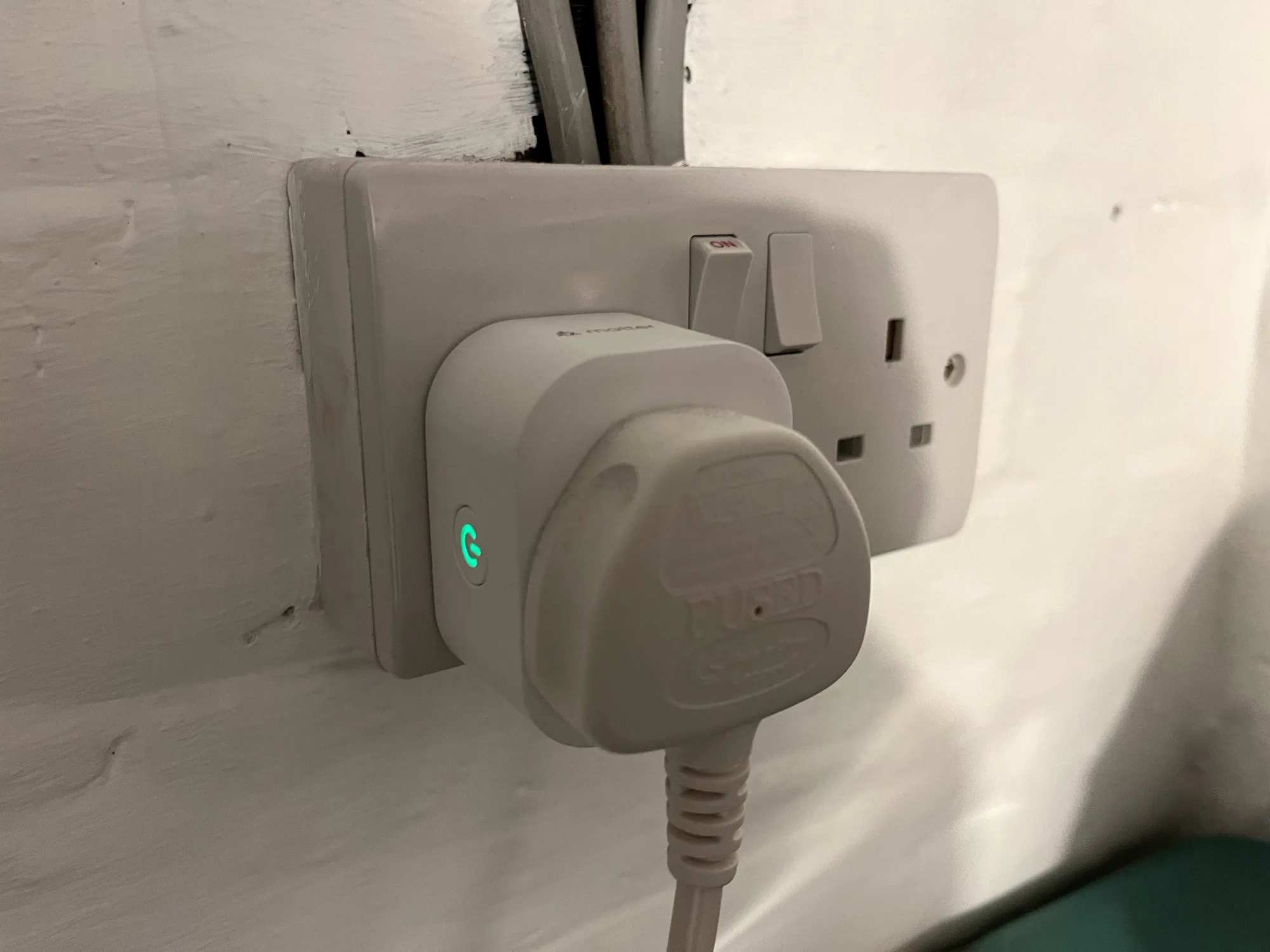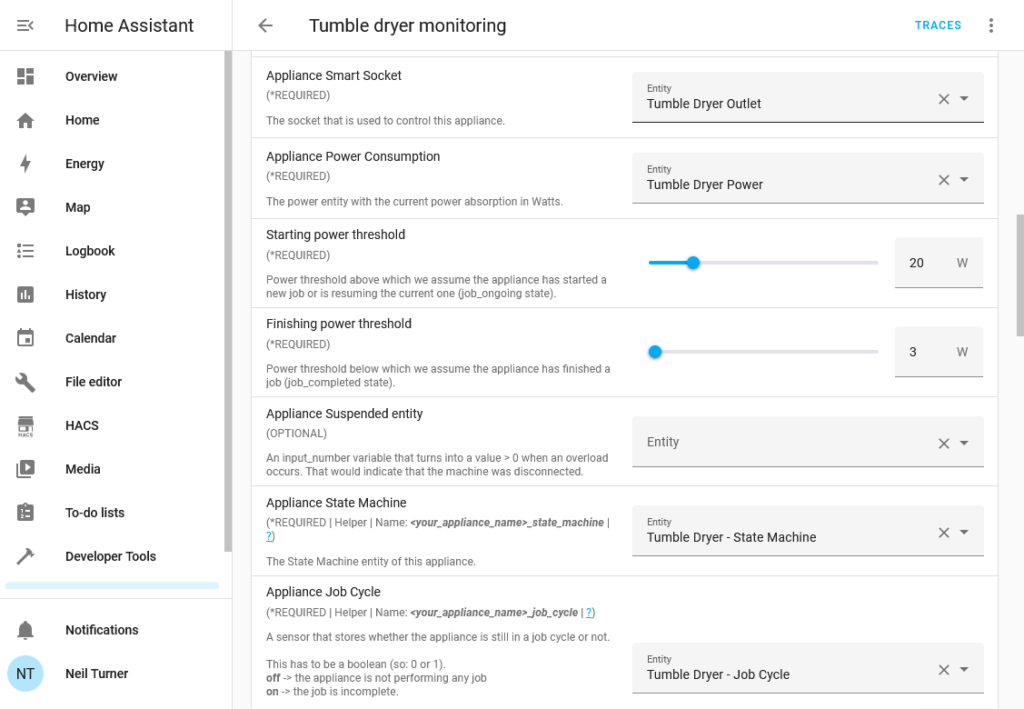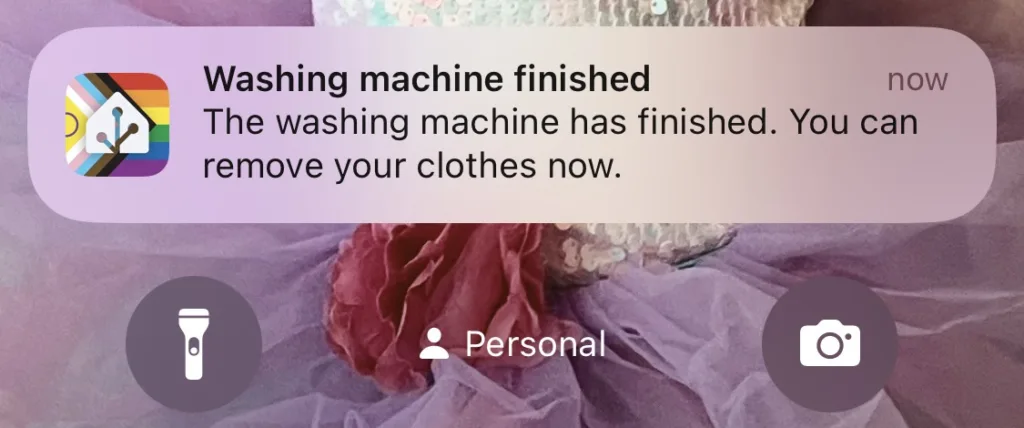On Good Friday, we went to East Riddlesden Hall, a National Trust property not too far away from us near Keighley. It wasn’t quite our original plan – we went to Cliffe Castle in the morning, but the museum was closed, and East Riddlesden Hall isn’t far away. Plus, we’re National Trust members and so we get in free.
The hall itself was mostly built in the 17th Century, although bits date from the 14th Century and there’s evidence of a dwelling from the 7th Century. I’ve been a few times as a child, and we also visited in June 2021 whilst there were still some lockdown restrictions. Now, everything’s open again, and with it being the Easter weekend, there were plenty of additional activities taking place. This included the usual National Trust Easter Egg hunt, but with plenty of extra things for kids.
When I visited in my childhood, a lot was made of how haunted the hall was. Indeed, there seemed to be a ghost in just about every room, and in the small pond outside. This seems to have been de-emphasised in recent years.
As with many National Trust properties in recent years, there’s been a renewed focus on making them more accessible to families and children. So there are now two playgrounds – one behind the shop, and another beyond the formal gardens. Indeed, compared to my childhood visits, much more of the outdoor spaces have been opened up.
The hall itself is interesting because it has changed significantly over the years. One wing of the hall was demolished in the early 20th century, with just a facade remaining. The hall is now grade-I listed, and is one of only two buildings in Keighley that have this status. As it happens, the other is West Riddlesden Hall, which is very close by but isn’t open to the public.
Accessibility
There’s limited car parking on site, and the hall is around 25 minutes walk from Keighley railway station. It’s served by the 662 bus service between Bradford, Shipley and Keighley which runs approximately every 15 minutes throughout the day (every 20 minutes on Sundays).
The outdoor areas are all wheelchair accessible and blue badge parking spaces are provided. The hall has some steps to enter, and there is no lift inside, so the upper floor is only accessible to those who can manage stairs.

